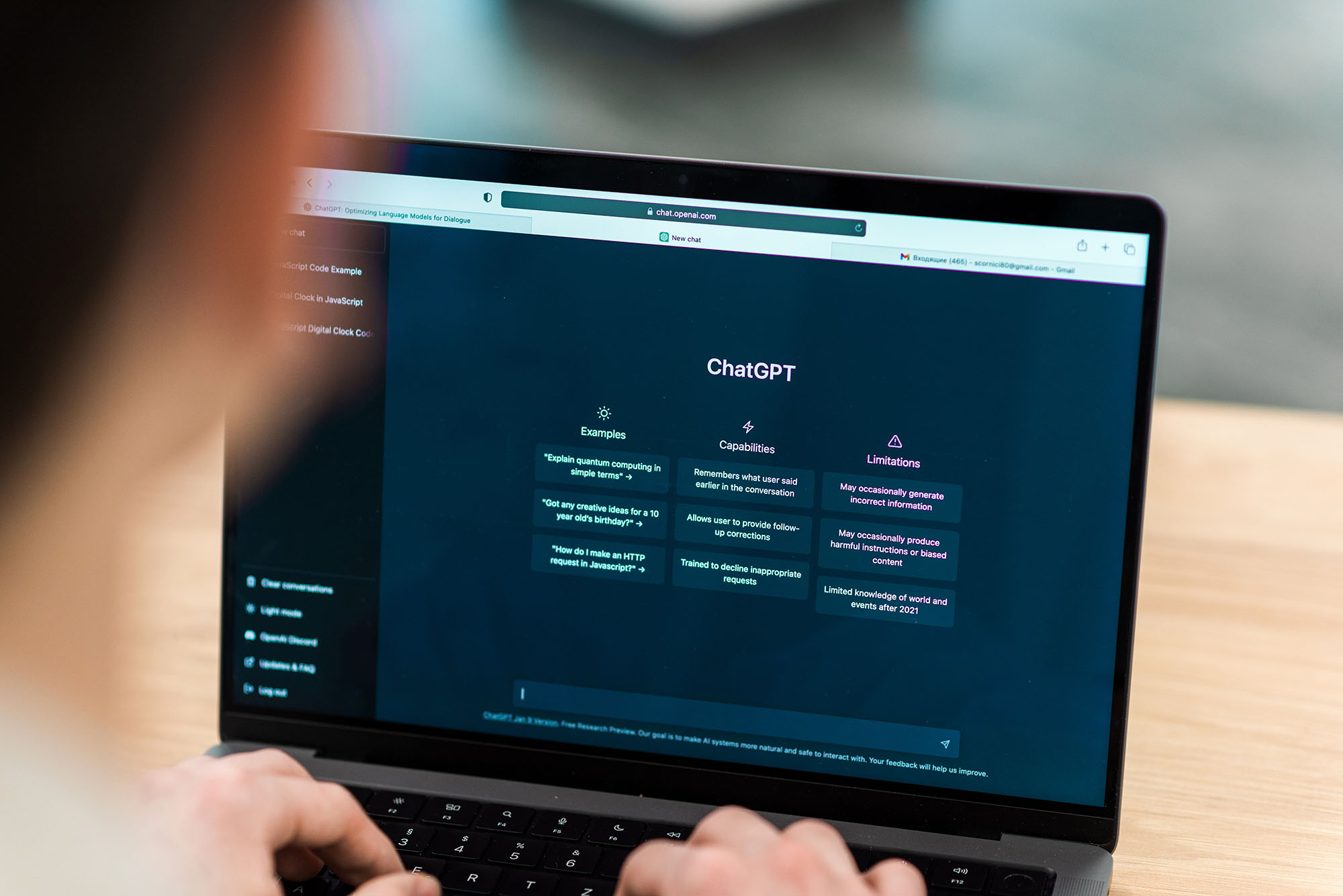As the final-year Chinese exam and weighted assessments approach, we interviewed one of our senior teachers, Teacher Hong Mei, to share why she thinks textbook revision is one of the best ways to prepare your child for examination success, and some of her best tips.

Q1: Why is textbook revision considered vital for the Chinese exam?
A: Most students have heard the advice to “read the textbook”, but many prefer to just study the vocab guidebook (词语手册) because it is faster.
But unless your child is already 80-90 marks (in which case you should focus on compo), it’s a big mistake to forsake the textbook, which is meticulously designed to align with our children’s Chinese language learning.
This is because the textbook is not just about the core wordlist (识读字), but contains important daily-life (日常生活) vocab for oral that isn’t in the vocab guidebook, sentence structure practices, and passages that help with comprehension.
In particular, for students who are scoring below 80 marks, focus on “听说剧场”, “读写乐园”, and “核心课文” as they are carefully crafted to help your child not only build a strong foundation in Chinese language skills, but also extends to practical, daily-life language use.
Q2: Can you walk us through each of these sections?
A: 听说剧场/生活看板: This section is the start of each chapter, and goes through conversational dialogue and daily-life vocabulary, and helps train students to communicate their thoughts and ideas effectively.
Many students ignore this section since it contains words that aren’t in the core wordlist (识读字), and thus don’t appear frequently in Paper 2. This is a mistake, because practising this section helps a lot with Oral, which is worth 25% of the exam!
Indeed, one of the common problems students face is they face trouble describing either the picture or the video in their oral exams, which are often daily-life vocab that have been covered in this section.
读写乐园: “ The “读一读” section of “读写乐园” typically consists of sentences containing the key vocabulary covered in the chapter. Depending on the level, the sentences might be used to teach new sentence structures (句式) that are useful for the Paper 2 连词 section as well as composition.
核心课文: There are different passages in a chapter, ranging from 导出,核心 and 深广. In general, the 核心 passage will contain other core words from the chapter that isn’t covered in the aforementioned “读一读” section.
Many students skip revising this section as it can be hard. This is because the passage can be long, and often contain words that appear in the oral segment (听说剧场) but is not part of the current core wordlist (识读字).
But this is unwise. Revising the passage, with the help of a parent or teacher, is a great way to build your child’s stamina for reading longer passages, imperative for doing better at comprehension.
Q3: How does textbook revision contribute to vocabulary development?
A: Textbook revision is a fundamental aspect of vocabulary development. In fact, the vast majority of words and sentence structure tested in the Paper 2 exam come from the various textbook sections.
Also, as mentioned earlier, the 听说剧场/生活看板 sections contain a huge amount of daily-life vocabulary that can be useful during the PSLE oral exam. For instance, if a student is shown a video of someone not completely turning off a faucet, he or she should be able to say that the Chinese term for faucet is 水龙头. This is particularly important if a child doesn’t speak much Chinese at home as he or she might only know the English term for real-life items.
The textbook is a fantastic resource to building vocab and doing better in the exams, especially for students that are currently scoring below 80 marks.
Q4: Why is it so important to start building a foundation from Primary One?
A: In our previous post on “How to rebuild your child’s foundation in 30 days”, we talked about how not all words are equally important – e.g. 宽阔 and 炮弹树 come from the same chapter, but the former appear far more frequently in exams.
When we were doing our high frequency analysis, we realised that Primary One and Primary Two vocab often appeared way more frequently in exams, as they are the key building blocks of cloze passages, comprehension passages, etc.
This means that it pays to build a strong foundation from Primary One by cultivating reading habits and a regular textbook revision habit.

Q5: What advice do you have for students who are struggling or have no Chinese home environment?
A: For weaker students, especially those with no Chinese home environment, I recommend focusing on “听说剧场” and “读写乐园” with a strong emphasis on the “读一读” section as that it’s easier.
Go through the oral dialogue exercises of “听说剧场” – this is not just for exam preparation, but also trains your child’s ability to communicate using Chinese in real-world situations. It’s important to give kids a reason to learn Chinese, especially for those who have no Chinese home environment.
Once your child is comfortable, start reading the reading passages (“核心作文”). Note that you don’t necessarily have to read the entire passage at one go – start by reading just one paragraph a day, and increase once your child is comfortable with reading longer passages. This is extremely important for comprehension in the future.
Q6: Do you have any final thoughts?
A: At the risk of sounding like a broken record, I want to reiterate the importance of reading-aloud.
In all my years of teaching, this is one of the most effective ways to help a child remember and improve vocab quickly, and it also helps kids practise for the Oral exam.
In addition, reading aloud regularly helps students get a feel for natural ways of expressing a sentence, which is an area many second language learners struggle with.
On that note, one way to assess your child’s Chinese proficiency is to simply hand them the textbook and ask them to read it aloud. If they struggle with many words, it is a sign that they might have forgotten many words, and they can simply circle unknown words and revise them before the exam.
Conclusion:
Teacher Hong Mei’s insights reveal that reading aloud textbooks is an effective method for textbook revision, but it can face resistance from children who find textbooks boring. Some parents may also lack confidence in their own Chinese language skills to guide their children.

The good news is that VocabKing is here to help. With our SpeechAI revision tool, your child can read textbook-related sentences, and SpeechAI will gently point out pronunciation areas for improvement and flag unknown words for revision.
What’s more, your child gets digital rewards for practising Chinese, motivating them to persevere!
We offer a 7-day free trial for VocabKing, so contact us to learn more and help transform your child’s Chinese today!







